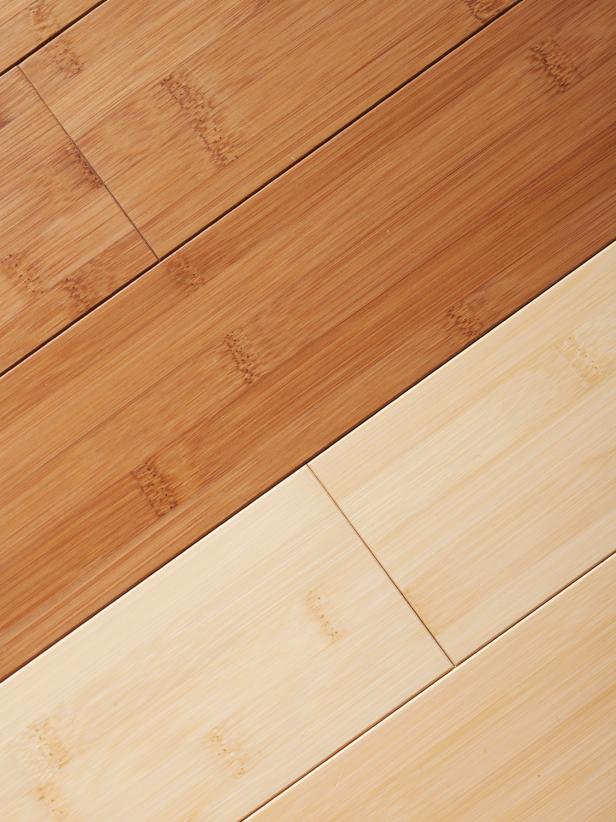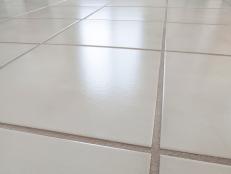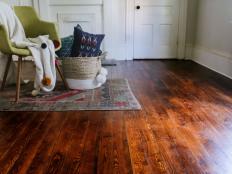Bamboo Flooring

Thomas Northcut
By choosing bamboo flooring over standard hardwood lumber, you will discover strong, durable floors that give a unique look to the home and are better for the environment.
Use conventional installation techniques to install bamboo flooring, following the manufacturer's instructions, and using the recommended adhesive or fasteners. Here are some helpful installation tips:
- Begin by checking the subflooring to make sure it's clean and free of defects and debris. Make sure concrete floors are fully dry and sufficiently cured before installation.
- Leave the laminate flooring out 24 to 48 hours before installation so that it can acclimate.
- Make sure a continuous vapor retarder is in place before installing the flooring. The installer should overlap the vapor retarder sheets, and seal the joints with adhesive tape.
- Use 1/4" shims or spacers between the planks and the wall to provide an expansion/contraction joint. Spacing the flooring away from the walls allows the finished flooring and the subflooring below it to expand and contract without warping or buckling. Spacers should go in about every 12" and at every joint between planks. Base molding will hide the gap.
- For the best appearance, lay the planks parallel to the longest wall.
- Stagger the joints. Make sure the joints aren't lined up row-to-row; row-to-row joints weaken the floor.
- With each strip, tap a rubber mallet or hammer against the scrap piece to knock the new strip into position and eliminate the appearance of a seam where the pieces interlock. Continue the process throughout the room. Be sure to finish off the floor by removing the spacers when the floor is complete.
For more information on bamboo flooring, visit www.bamboofloors.net.

.-Battle-on-the-Beach-courtesy-of-HGTV.-.jpg.rend.hgtvcom.196.196.suffix/1714761529029.jpeg)











































